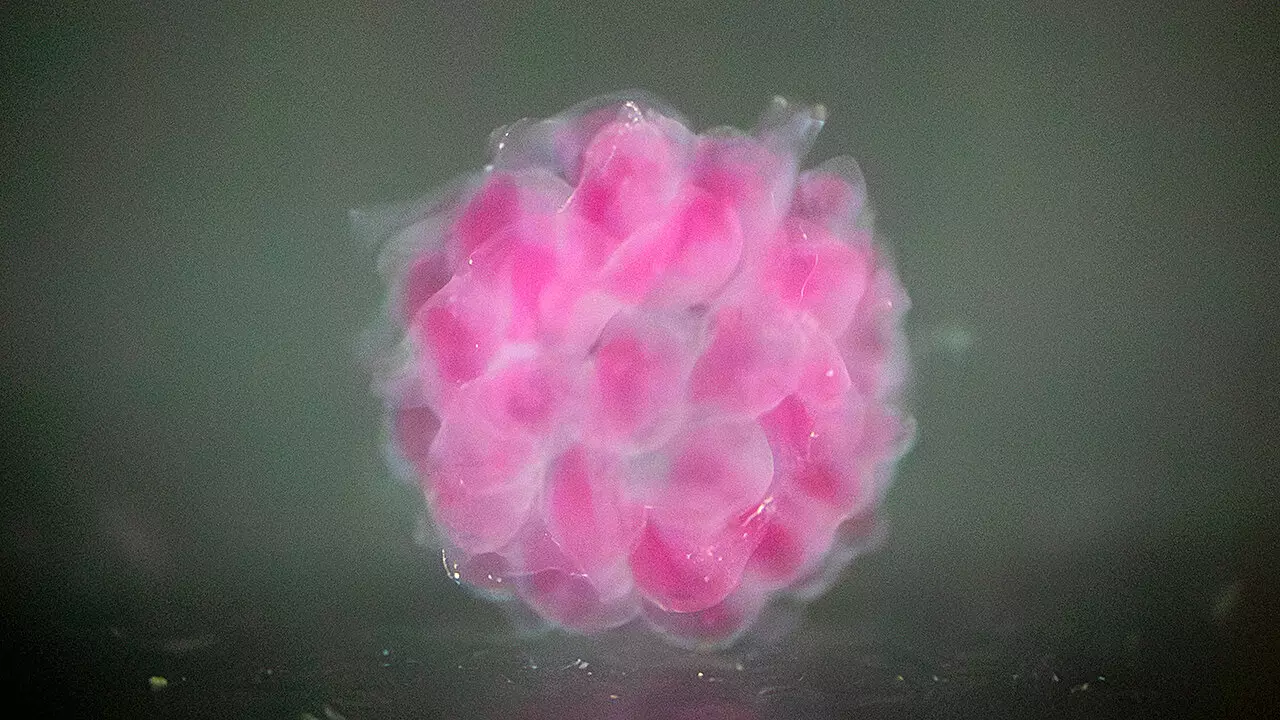In an era marked by groundbreaking advancements in technology, a significant development has emerged from the University of Virginia’s School of Engineering and Applied Science. A dedicated research team has introduced a novel technique that could redefine the frontiers of organ creation and transplantation. Led by Liheng Cai, a visionary in materials science, and his industrious Ph.D. student, Jinchang Zhu, this team has crafted a potentially revolutionary method to produce human-compatible organs on demand. This innovation could represent a crucial stride towards solving the complications associated with organ shortages and compatibility issues in transplantation.
DASP: The Game-Changer in Bioprinting Technology
The bioprinting method, aptly named the Digital Assembly of Spherical Particles (DASP), allows for a meticulous assembly of biomaterials that emulate human tissue properties. Zhu’s declaration that DASP is a substantial leap forward speaks volumes about its implications. Unlike traditional bioprinting technologies, which often yield materials with limited adaptability, DASP promises a level of precision and customization that could alter how we approach not just organ creation, but also our understanding of human biology.
At its core, DASP operates on the foundation of voxels—the three-dimensional equivalents of pixels. This innovative approach enables researchers to form intricate 3D structures that foster a conducive environment for cell proliferation. Zhu emphasized that these hydrogel particles are not merely functional units; they are pioneering building blocks for future biomedical applications. Such advancements open the door to printing organoids—3D models of human tissue beneficial for studying diseases and testing therapeutic interventions.
Engineering the Future with Double-Network Hydrogels
Cai and Zhu’s engineering of double-network hydrogels represents an extraordinary feat in bioengineering. By meticulously altering molecular arrangements and establishing chemical bonds to create a cohesive network, they have produced biomaterials that mimic human tissues more accurately than previously possible. These hydrogels demonstrate remarkable biocompatibility, being less toxic and more accommodating for human cells compared to existing bio-inks.
Furthermore, the unique construction of these hydrogels involves intertwining two distinct molecular networks, resulting in materials that are robust yet adaptable. This adaptability is crucial as it allows the synthetic tissues to mimic the various mechanical properties of human organs, a factor that can significantly enhance their functionality in experimental settings.
The Evolution of DASP: From Concept to Reality
The journey of DASP began with its first iteration in 2021, documented in a prominent publication. The initial work validated the concept of voxel-based materials, even showcasing a DASP-printed material mimicking pancreatic functions. However, the evolution from DASP 1.0—a technique limited by its brittle outputs—to DASP 2.0 showcases the team’s relentless pursuit of perfection and their response to the challenges posed in bioprinting.
DASP 2.0 ushers in exceptional improvements, especially with the integration of “click chemistry.” This approach facilitates rapid cross-linking of molecular structures, fostering a seamless transition from liquid to gel states in less than sixty seconds. Such advancements are not merely about speed; they stand to enhance the transformative potential of this technology, allowing researchers to craft dynamic and functional tissues in real-time. The introduction of a multichannel nozzle that facilitates on-demand mixing of hydrogel components showcases a foresight that is both innovative and necessary for maintaining the delicate balance of properties replicated in human tissues.
Addressing the Challenges of Tissue Engineering
As Cai aptly states, the mastering of viscoelastic voxels presents both fundamental and technological hurdles in the realm of soft matter science and 3D bioprinting. Nonetheless, the groundwork laid down with DASP signifies an encouraging trajectory towards voxelated bioprinting’s expansive applications—from artificial organ transplants to tissue modeling for disease research and drug screening.
The implications of this research extend far beyond laboratory walls; they invoke a vision of future medicine where organ availability can be tailored to individual needs, eradicating transplant waiting lists and enhancing patient outcomes. In a world constantly seeking solutions to complex medical issues, advancements like DASP illuminate the profound potential hidden within the confluence of engineering and biology, promising a horizon filled with medical innovations that were once deemed unimaginable.

